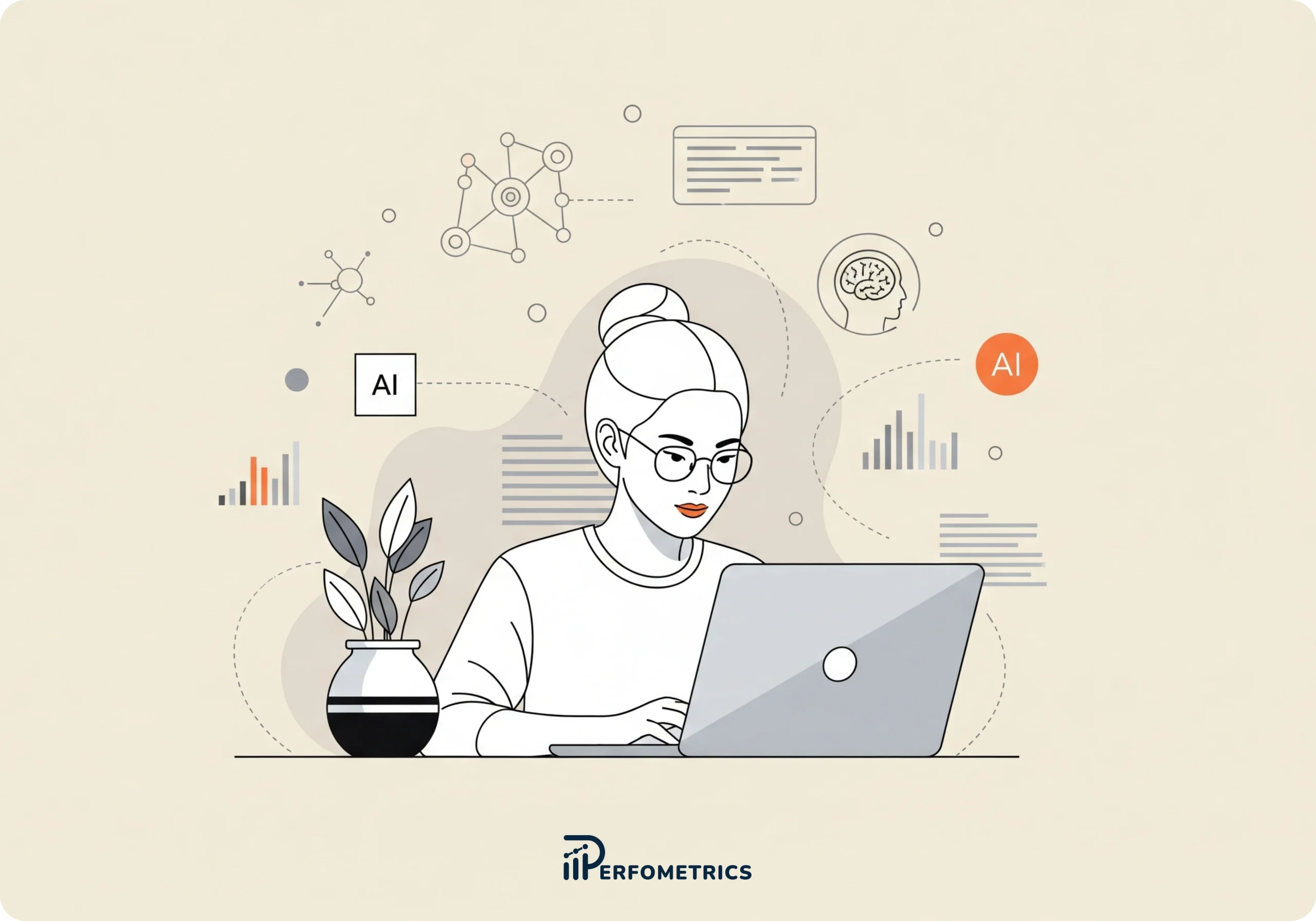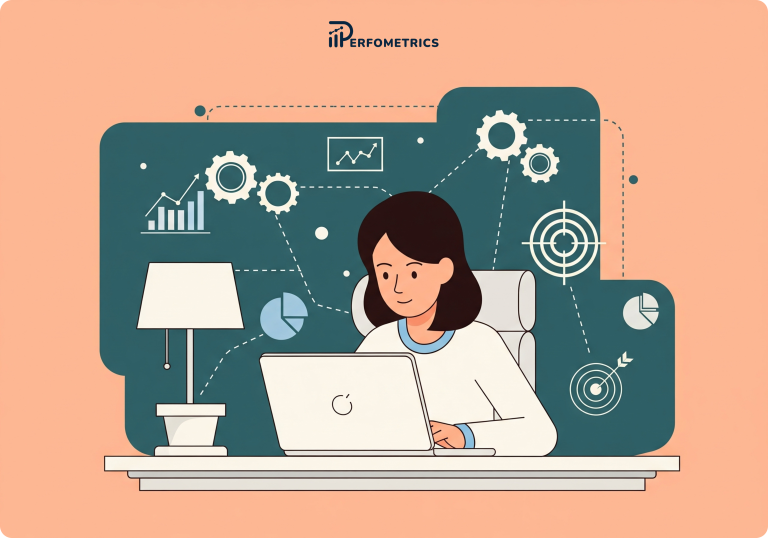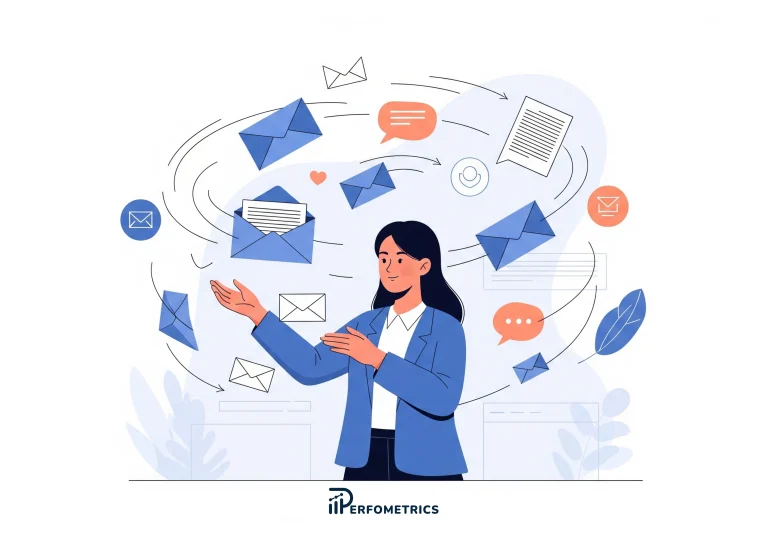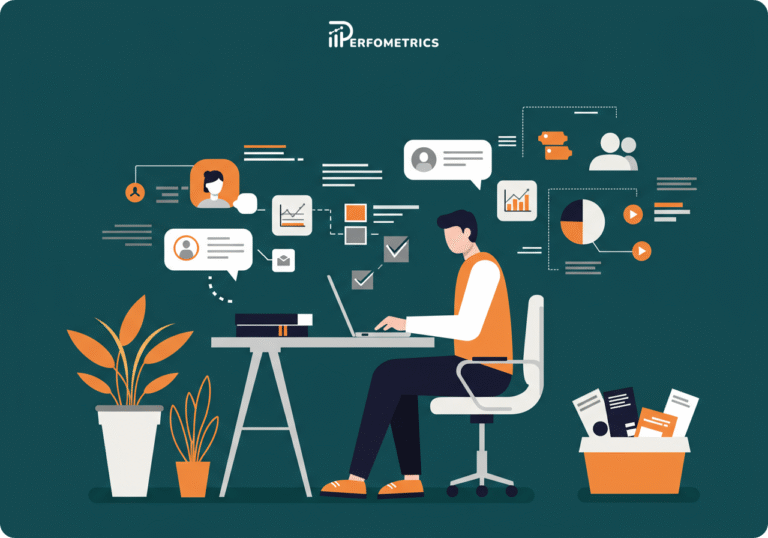The New “Position Zero”: How to Win by Placing Your Ads Inside Google’s AI Brain

Main Takeaways
- The New “Position Zero”: The most valuable ad placement is no longer at the top of the page, but contextually integrated inside Google’s AI-generated answers, making your ad part of the solution itself.
- Conversation Over Keywords: Ad copy must evolve from keyword-centric commands to helpful, natural conversations that genuinely address the user’s complex problem.
- Intent Over Clicks: Expect overall clicks to decrease, but the quality and purchase intent of the users who do click from an AI Overview will be significantly higher.
- Strategy Over Tactics: Success now demands a unified SEO & PPC strategy, a redefined purpose for your landing pages, and a new way of thinking about performance measurement beyond simple CTR.
Let’s talk about the seismic shift happening in search right now. For the better part of a decade, performance marketers have been locked in a strategic battle for “Position Zero”, that coveted featured snippet at the very top of Google. We optimized, we strategized, and we targeted keywords with precision to win that prime real estate.
But after the latest announcements from events like Google Marketing Live, it’s clear the game has fundamentally changed. The most valuable placement is no longer above the results; it’s woven directly inside the AI-generated answer itself.
We’ve been analyzing this from every angle. Google’s integration of ads within AI Overviews isn’t just another feature update; it’s a paradigm shift. It redefines the entire relationship between a user’s question and a brand’s solution, blurring the lines between organic information and sponsored content in a way we’ve never seen before. This moves the goalpost from simply being visible to being contextually indispensable.
So, what does this actually mean for your search strategy? Let’s talk about that.
The New Goal: It’s Not About Ranking, It’s About Becoming the Solution
The most profound change we need to wrap our heads around is conceptual. Winning in this new landscape means your ad must be so relevant and genuinely helpful that the AI selects it as a key component of its generated answer. You are no longer just a link sitting next to the information; you have the potential to be a part of the information.
This requires a complete reframing of our campaign objectives. The old goal was to match keywords and capture clicks. The new goal is to seamlessly integrate your product or service into the narrative of the solution the user is actively seeking. It’s a subtle but powerful distinction.
So how do we get there? It starts with the heart of our ads: the copy.
Your Ad Copy Must Evolve from a Command to a Conversation
To achieve this deep integration, your ad copy has to fundamentally evolve. The era of keyword-stuffed headlines and generic, shouting calls-to-action is officially over. The AI is designed to understand nuance, context, and conversational language, and as such, it will favor ads that read like a natural extension of its own helpful response. Google’s own AI Essentials Guide for advertisers points to this by emphasizing the synergy between broad match, smart bidding, and high-quality, responsive ad creative.
This means your ad copy now needs to be:
- Solution-Oriented: Directly address the problem behind the user’s query, not just the keywords.
- Conversational: Use natural, human language that fits the flow of an explanation.
- Genuinely Helpful: Provide a clear benefit or a piece of valuable information, not just a marketing slogan.
Let’s make this real with an example.
- The Old Way: “Cheap Flights to Rome. 50% Off. Book Now!” (This is a command. It feels like a billboard.)
- The New, AI-Ready Way: “For a budget-friendly trip, our mid-week flights to Rome offer significant savings, often including a free checked bag to help you pack more for less.” (This is a conversation. It’s participating in the user’s goal of planning an affordable trip, making it a perfect puzzle piece for an AI answer.)
The Human Element: Navigating the Critical Waters of Trust and Intent
Placing ads inside a trusted AI answer is an incredibly powerful endorsement for a brand, but it also brings a new set of psychological risks and rewards to the table.
The Trust Factor: A Powerful, Double-Edged Sword
Being featured in an AI Overview lends your brand an instant halo of authority. In the user’s mind, your solution has been vetted and recommended by Google’s powerful AI. You can’t ask for a better endorsement than that.
But here’s the other edge of that sword. We know from consumer research that audiences are increasingly wary of AI bias and hidden advertising. A recent study highlighted by MarTech found that a majority of consumers see AI as a potential privacy threat. If users begin to feel that the AI’s answers are being manipulated by the highest bidder rather than guided by pure relevance, trust will erode. Not just in Google’s AI, but in every brand featured within it. This makes Google’s transparent “Sponsored” labeling more critical than ever, and it puts the onus on us, as advertisers, to prioritize authenticity.
A Counter-Intuitive Truth: Fewer Clicks, Higher Intent
Now, for a conversation you should prepare to have with your team or clients: you will likely see a dip in your overall Click-Through Rates (CTR). Don’t panic. Since AI Overviews provide such comprehensive answers directly on the results page, fewer users will need to click through to a website for basic information.
While this may seem alarming on a dashboard, it’s a positive evolution. As analyses from industry authorities like Search Engine Land suggest, the clicks you do get from an ad within an AI Overview are from exponentially more qualified users. They have already seen a summary of your solution. They already understand how you fit their needs. Their click is no longer one of exploration; it is a clear signal of high intent and serious consideration. You’re effectively trading a high volume of low-quality clicks for a lower volume of pure gold.
Navigating the New Frontier: The Uncharted Territory Ahead
This new reality is still taking shape, which means we’re all strategists and explorers mapping out uncharted territory. This brings new challenges, but also incredible new opportunities.
The Measurement Black Box
Let’s be honest: the biggest immediate challenge is measurement. As detailed in expert analyses, while Google Search Console includes performance data from AI Overviews, it does not currently allow you to isolate and filter it. You might see performance shifts, but you can’t definitively attribute them to an ad appearing in an AI answer.
This measurement gap means we have to become digital detectives, watching for correlations and pushing the industry toward new metrics. We need to think beyond CTR and CPC and start conceptualizing KPIs like:
- AI Overview Inclusion Rate (AOIR): What percentage of relevant queries feature our ad in the AI answer?
- Answer-Assisted Conversions (AAC): How can we measure conversions where a user saw our ad in an AI Overview but later converted through another channel?
Is This A Surprising Opportunity for Small Business?
Here’s an angle we find particularly exciting at Performetrics.co: this could actually level the playing field. If the AI truly prioritizes the most helpful, contextually relevant ad copy over simply the highest bid, then small and medium-sized businesses with deep niche expertise have a new way to compete. A larger competitor might be able to outbid you, but they may not be able to write ad copy that is as genuinely helpful or speaks as directly to a specific user problem. For the first time in a long time, expertise and authenticity could be more powerful than budget.
Rethinking the Purpose of Your Landing Page
So, if the AI Overview provides the summary, what is the job of your landing page? It has to evolve. The landing page can no longer be a simple repository of information the user has already seen. Its new purpose is to provide an experience the AI cannot replicate. It’s the “what’s next.” Think about:
- Interactive Tools: Calculators, product configurators, or diagnostic quizzes that engage the user.
- Deep Social Proof: Detailed case studies, video testimonials, and user-generated content that build trust.
- A Seamless Transaction: A frictionless path to purchase or lead submission that capitalizes on the user’s high intent.
Adapt, or Be Left Out of the Answer
The integration of ads into AI Overviews isn’t an incremental update, it is a fundamental re-architecting of the search advertising landscape. It demands a strategic evolution from every single one of us.
We must shift our thinking from keywords to conversations, from clicks to intent, and from siloed PPC strategies to a unified approach that considers the entire search experience. The brands that will win in this new era are those that embrace this change, focusing on providing genuine value to earn their place as a trusted part of the AI-driven solution.
The question we must all now ask ourselves is no longer just “How do we rank?” It’s “How do we help?”
Ready to adapt your advertising strategy for the age of AI? Contact us today for a strategic consultation to ensure your brand is part of the answer.
References & Further Reading
Technical SEO & PPC Analysis: For deep dives into reporting limitations, refer to expert guides on measuring the impact of AI Overviews, such as this one on isolating performance data.
Google Marketing Live Announcements: For official details on the latest AI-powered tools, see recaps from the official Google Ads & Commerce Blog and industry analysis from sources like WordStream.
AI in Advertising Best Practices: Review Google’s official documentation, such as the “AI Essentials: A Marketing & Advertising Checklist,” to understand how to align with Google’s AI.
Consumer Trust in AI: For data on user sentiment, see reports like “How to build consumer trust in the age of AI” from MarTech and the “2024 Generative AI Consumer Trust Survey” from KPMG.
Impact on Search Behavior: For analysis on how AI Overviews affect user clicks and behavior, refer to ongoing studies from Search Engine Land and Search Engine Journal.




